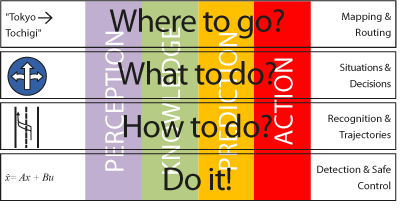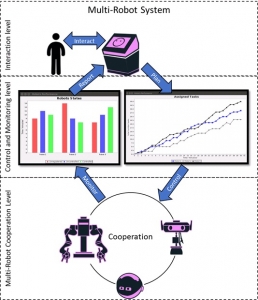This website uses cookies so that we can provide you with the best user experience possible. Cookie information is stored in your browser and performs functions such as recognising you when you return to our website and helping our team to understand which sections of the website you find most interesting and useful.
Privacy Overview
Strictly Necessary Cookies
Show details
Strictly Necessary Cookie should be enabled at all times so that we can save your preferences for cookie settings.
If you disable this cookie, we will not be able to save your preferences. This means that every time you visit this website you will need to enable or disable cookies again.
| Name | Provider | Purpose | Expiration |
|---|---|---|---|
| moove_gdpr_popup | Honda | Storing of user's consent status for cookies on the current domain. | 7 days |
Privacy Policy
More information about our Privacy Policy

 A System Architecture describes the interplay and relations of a number of elements that together create a defined output. It allows, e.g., for easy analysis, control of dependencies and computational timing requirements. In particular, for systems consisting of modules of different types or origins.
A System Architecture describes the interplay and relations of a number of elements that together create a defined output. It allows, e.g., for easy analysis, control of dependencies and computational timing requirements. In particular, for systems consisting of modules of different types or origins. A Multi-Robot System (MRS) is an Intelligent Cyber-Physical System, in which robots cooperate to fulfill a human’s needs.
A Multi-Robot System (MRS) is an Intelligent Cyber-Physical System, in which robots cooperate to fulfill a human’s needs.

